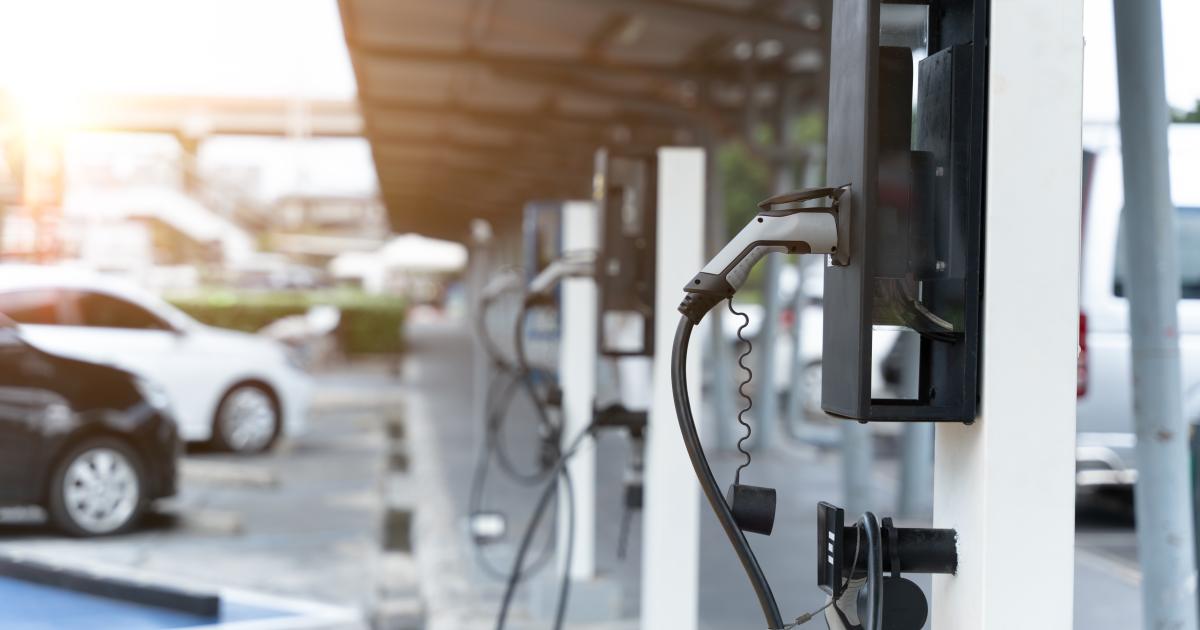
With the increase in adoption of EV, the need for seamless EV Charging infrastructure is growing. Here, the EV owners want a stress-free EV Charging experience. To make this happen, it’s important to choose a good commercial EV charging systems supplier who can help with the right equipment and support further. By selecting a dependable supplier, you help create a smoother experience for EV owners, making it easier for them to switch to and stick with electric vehicles. However, this is yet to be achieved and the key factor in improving the overall EV charging experience is the implementation of seamless payment options.
Understanding the Challenge
In Traditional payment method, users must go through multiple steps, including finding a compatible Electric Vehicle Charging Station, registering for an account, and then using a specific app or card for payment. This process can be time consuming and frustrating for EV drivers which intern would deter them from choosing public charging stations.
To tackle the above situation, companies are producing innovative payment systems bringing contactless payment solutions like cards and mobile wallets.
Here, Statiq with its RFID Card is making a disruption in the EV charging experience.
With Statiq RFID, one can start and stop charging without any physical contact.
To initiate the process of charging, get to the electric vehicle charging station and find the Statiq charger’s specific RFID scanner. Simply tap your Statiq card on the reader, plug out the charging connector, and insert it into the electric vehicle. The charging session will initiate.
No need to worry about payments at the end. Tap the RFID scanner to stop charging. The charging cost will be automatically deducted from your RFID-linked account.
Advantage of this Seamless Payments are:
- Time Savings:
With lesser steps, the time required to initiate and stop charging decreases, hence saving users time.
- Convenience:
With contactless technology and the ability to preload money in mobile wallet and RFID Card, charging process becomes more convenient.
- Increased Charging Station Utilization:
Seamless payments encourage more people to use public charging stations, leading to better utilization of charging infrastructure.
- Data-Driven Insights:
Seamless payment systems can collect valuable data on charging patterns, which can help operators optimize their charging infrastructure and services.
Examples of Seamless Payment Solutions
Several innovative payment solutions are emerging to address the challenges of public EV charging:
- Mobile Wallet Integration: Allowing users to pay for charging directly through their mobile wallets (e.g., Apple Pay, Google Pay) provides a fast and secure payment method.
- Contactless Card Payments: Enabling contactless card payments at charging stations simplifies the process and reduces wait times.
- Plug-and-Charge: This is also popularly called Auto charge. It allows EVs (Electric Vehicle) to automatically identify themselves at charging stations and initiate the charging process, including payment, without any user intervention.
Conclusion
For electric vehicles to be widely used, it is imperative that smooth payment methods be implemented. These technologies improve user experience, boost charging station utilization, and support the expansion of the EV ecosystem overall by simplifying the charging procedure. To satisfy the changing demands of EV drivers, charging infrastructure providers must give frictionless payment choices top priority as the EV market grows.

